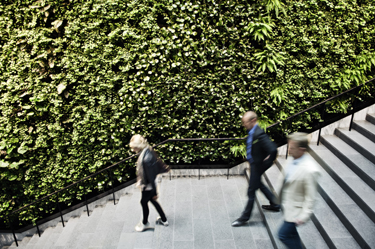a very well-insulated, virtually air-tight building that is primarily heated by passive solar gain…and by internal gains from people, lighting, appliances and electrical equipment, etc.
the beauty of the passive house is that once it is built, there is little need for energy in-put for heating or cooling. it lends itself well to off-grid applications, heavy heating and cooling environments, and low-income neighborhoods…
lower lifetime energy use
The Passive House standard was developed in Germany (where it’s known as “Passivhaus”) in 1996 by physicist Wolfgang Feist, who was inspired by and fully acknowledges the influence of the groundbreaking, superinsulated houses built in the United States and Canada in the 1970s.

In this country, Feist’s work has been championed by German-born architect Katrin Klingenberg, who started the Passive House Institute US, also known as PHIUS in Urbana, Ill.
according to the Passive House Institute USʼs website,
“A Passive House is a very well-insulated, virtually air-tight building that is primarily
heated by passive solar gain and by internal gains from people, electrical
equipment, etc. Energy losses are minimized. Any remaining heat demand is
provided by an extremely small source. Avoidance of heat gain through shading
and window orientation also helps to limit any cooling load, which is similarly
minimized. An energy recovery ventilator provides a constant, balanced fresh air
supply. The result is an impressive system that not only saves up to 90% of space
heating costs, but also provides a uniquely terrific indoor air quality.”
Article passive house




